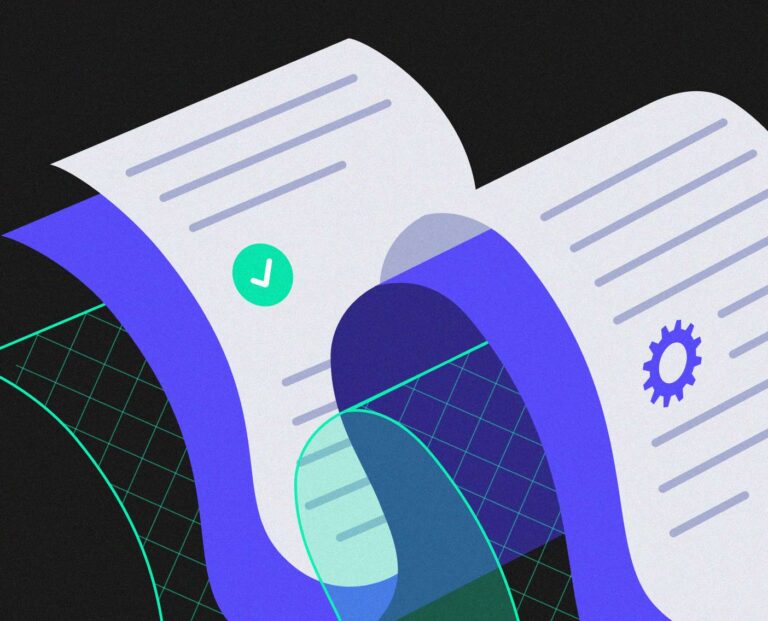Procurement is a multistep process that can be somewhat nuanced depending on the different organizations or teams relying on it. What everyone will encounter though, is the receival of goods or services from vendors – that is, the actual procurement of something the company needs in order to benefit its product or its employees. Understanding how this simple document plays such an important role in the procurement process is necessary, and securing it can save a lot of legal headache in the long run.
What is a Goods Received Note?
A Goods Received Note, also sometimes referred to as a delivery note, documents the official receipt of goods or services by customers. Both the suppliers and customers can refer to this document as proof of goods delivered. Often sent along with an invoice, the Goods Received Note (GRN) should always be kept and saved so the procurement team or AP can refer back to it at any time.
How do I write a Goods Received Note? There are many different formats and templates that can be used, but generally the stand-out information included in a GRN is:
- The name of the vendor (along with the vendor number)
- The date and time of delivery
- An outline of products delivered
- The quantity of each product i.e., laptop; 4
- The name and signature of the store manager
- The name and signature of the vendor’s manager
A Goods Dispatched Note, however, is a document issued by the supplier that shows the goods were in fact dispatched from the facility; once delivered that same note can be referred to as a Goods Received Note. In some cases, smaller companies will simply use the invoice in place of a Goods Received Note, but it’s becoming less common to not differentiate between the two.
Where does a Goods Received Note fall in the procurement process?
The general flow of the procurement process is as follows:
1. Identify a need → 2. Submit a purchase request → 3. Select or onboard the vendor → 4. Negotiate the price → 5. Create the purchase order (PO) → 6. Receive an invoice → 7. Receive the goods or services → 8. Confirm a 3-way match
The Goods Received Note will come in at steps 6 and 7. It will usually be sent along with the invoice, as well as with the actual delivery of goods. It will be compared to the invoice and PO number to make sure they are aligned before payment is sent and processed. The finance team can refer to the GRN when confirming a 3-way match, but that’s not always necessary.
Why the Goods Received note is so important
Keeping track of steps taken along the way is a huge part of the procurement process, and one that is made easier by automated solutions. Important documentation such as contracts and invoices, messages sent between teams or departments, and any notable data collected should always be tracked and saved. The Goods Received note is no different.
This crucial document helps finance teams verify all invoices before making payments, and can help save time if there are any discrepancies. The GRN will be compared to the invoice associated with it in order to ensure that all goods were in fact delivered and received. Because the delivery date and the invoice date are often different, this document acts as a bridge to confirm what’s shown on the invoice is in fact accurate. If something is listed on the invoice that does not also show up on the GRN, it will either simply not be paid or will require further communication between the vendor and various stakeholders.
You can think of the GRN as an additional layer of security for both the supplier and the recipient, both able to double check their order prior to and after delivery. This document is also a true time saver for Accounts Payable. With it, AP doesn’t have to ask around to confirm a delivery or hunt down documents that accurately reflect an invoice. Most importantly, it acts as a measure to prevent invoice fraud and prevent errors from being made with payments.
This small document doesn’t seem to get much attention when we talk about procurement or the purchasing process in general. But its influence is noteworthy. The goods received note helps eliminate errors and ensures a smooth delivery of goods to the customer. Protecting all parties involved, it’s a critical piece of the procurement process.
FAQs
Why is a Goods Received Note Important?
A goods received note is important because it gives businesses a way to confirm that their order or delivery was sent by the supplier and marked as received.
Who Sends a Goods Received Note?
A goods received note is issued and sent by the supplier and should be kept by the recipient’s finance or AP team as a part of their records.
What Comes After Goods Received Note?
After the goods received note is issued, the recipient’s AP team will use it as part of the three-way match process, comparing it to the original purchase order and the invoice before payment is sent.

